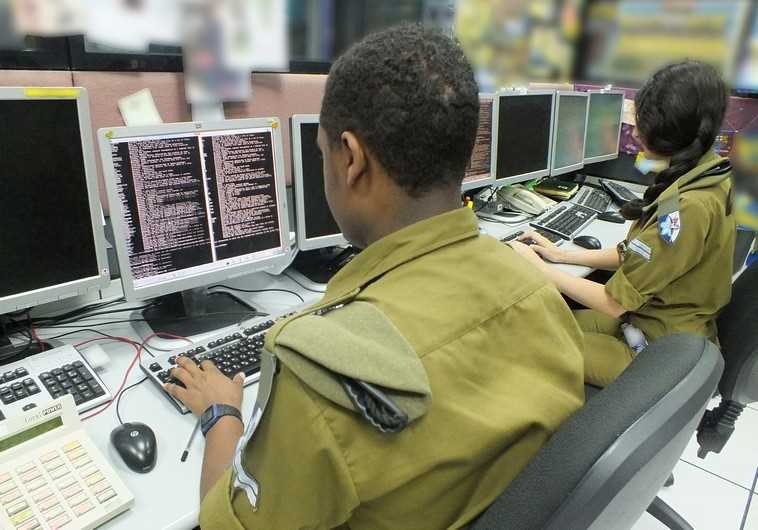‘Even if a missile strikes our operations, we will keep the IDF’s network running’
The head of the Center of Computing and Information Systems talks about ‘augmenting reality’ for IDF fighters.
 IDF's Center of Computing and Information Systems; soldiers with computers.
IDF's Center of Computing and Information Systems; soldiers with computers.